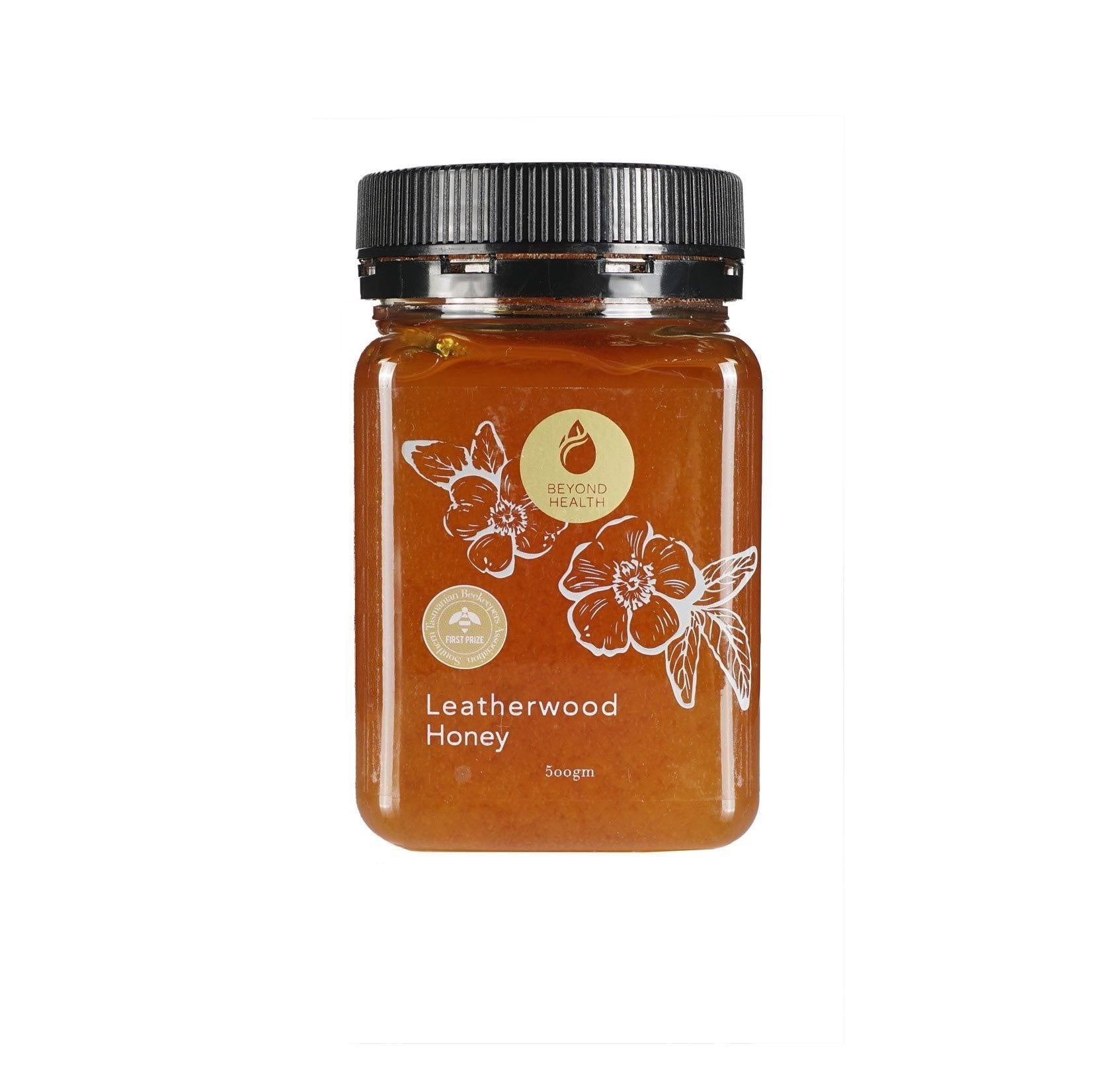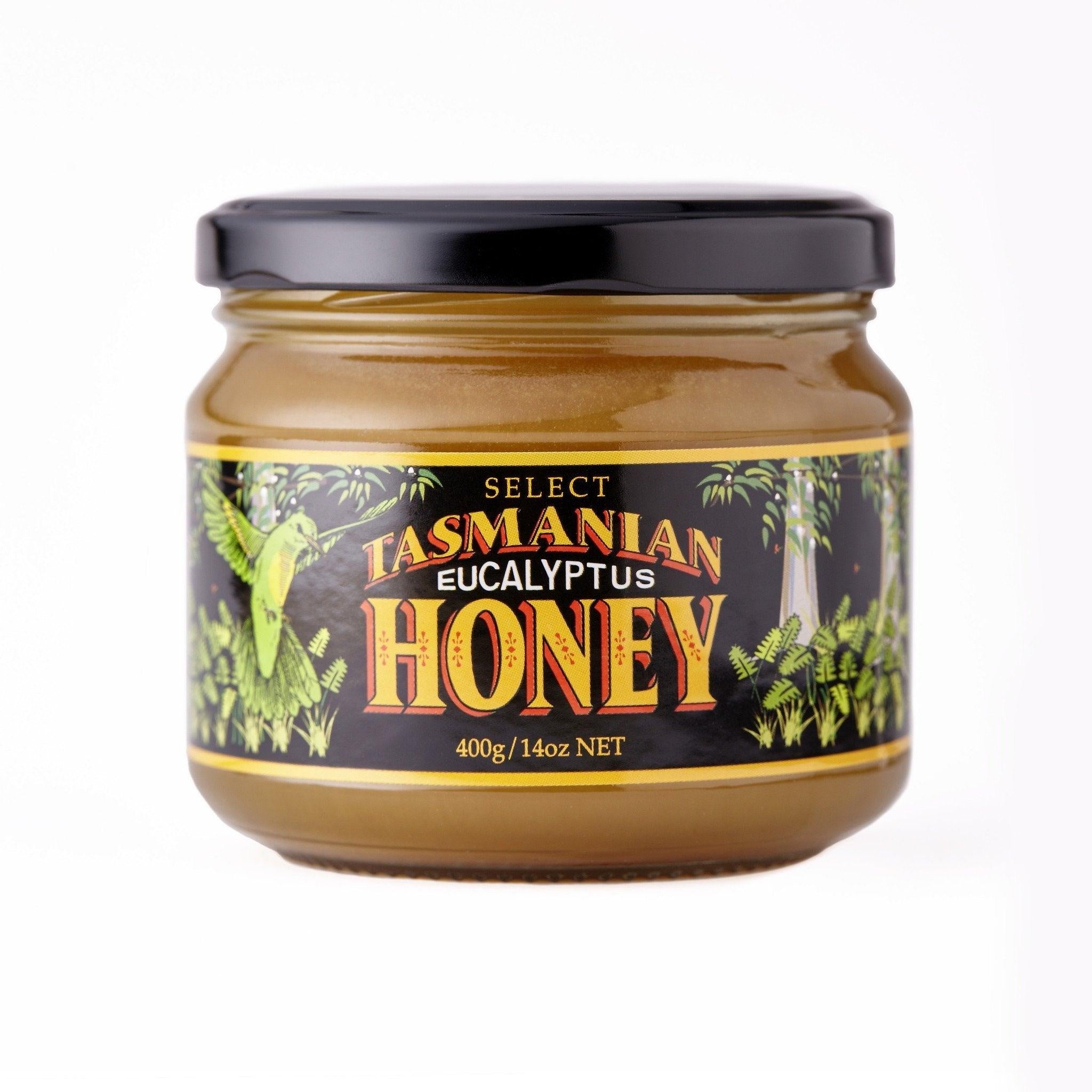Your shopping bag is empty
Aneurysm vs. Stroke
- Posted by: Enquiry Admin
- Comments: 0
- Categories: Health
- Tags:
- Aneurysm vs. Stroke
Aneurysm vs. Stroke: Understanding the Differences and Similarities
Introduction on Aneurysm and Stroke
When it comes to vascular health, conditions like aneurysm and stroke are often mentioned. While both involve the blood vessels in the body, they have distinct characteristics and implications for an individual's health. In this article, we will explore the differences and similarities between aneurysm vs stroke, shed light on their causes, symptoms, treatments, and discuss the importance of fitness, whole foods, weight loss, nutrition, meditation, and maintaining optimal blood pressure levels for overall cardiovascular health. Additionally, we will explore the benefits of honey water as part of a healthy lifestyle.
Aneurysm: An Overview
An aneurysm refers to the abnormal dilation or bulging of a blood vessel wall. It can occur in various locations throughout the body, but the most common types are cerebral (brain) aneurysms and aortic aneurysms.
Cerebral Aneurysms:
Differing from a stroke, cerebral aneurysm is a weakened area in the blood vessels within the brain. It can develop due to a variety of factors, including genetic predisposition, high blood pressure, smoking, and certain medical conditions. Cerebral aneurysms are often asymptomatic and are typically discovered incidentally during medical imaging tests. However, if the aneurysm ruptures, it can lead to a life-threatening condition known as a subarachnoid hemorrhage.
Aortic Aneurysms:
An aortic aneurysm occurs in the aorta, the main artery that carries oxygenated blood from the heart to the rest of the body. These aneurysms are often associated with atherosclerosis, a condition characterized by the buildup of plaque in the arteries. Aortic aneurysms can be asymptomatic until they grow in size or rupture, which can result in severe internal bleeding and potentially be fatal.
Stroke: An Overview
Stroke, on the other hand, is a medical emergency that occurs when blood flow to the brain is interrupted, leading to the rapid loss of brain function. It is primarily categorized into two types: ischemic stroke and hemorrhagic stroke.
Ischemic Stroke:
Ischemic stroke is the most common type and occurs when a blood clot or plaque buildup blocks a blood vessel in the brain, impeding blood flow. The underlying causes of ischemic stroke often include atherosclerosis, heart disease, high blood pressure, and other factors that can lead to the formation of blood clots. Prompt medical attention is crucial to restore blood flow and prevent further brain damage.
Hemorrhagic Stroke:
Hemorrhagic stroke occurs when a weakened blood vessel ruptures, causing bleeding within or around the brain. High blood pressure, aneurysms, arteriovenous malformations (AVMs), and certain medications that affect blood clotting can increase the risk of hemorrhagic stroke. Immediate medical intervention is vital to address the bleeding and prevent additional complications.
Differences and Similarities Between Aneurysm and Stroke
While aneurysms and strokes are distinct conditions, they share some commonalities:
- Blood Vessel Involvement: Both aneurysms and strokes involve the blood vessels in the body, albeit in different ways. Aneurysms represent a localized abnormality in vessel dilation, whereas strokes result from a disruption in blood flow to the brain.
- Risk Factors: Certain risk factors contribute to the development of both aneurysms and strokes, such as high blood pressure, smoking, atherosclerosis, and family history of vascular conditions.
- Importance of Cardiovascular Health: Maintaining optimal cardiovascular health is crucial in both aneurysm and stroke prevention. Strategies like fitness, whole foods, weight loss, nutrition, meditation, and managing blood pressure levels are beneficial for overall vascular well-being.
Prevention and Management for Aneurysm and Stroke
Preventing aneurysms and strokes involves adopting a comprehensive approach to cardiovascular health:
- Fitness: Engaging in regular physical activity helps improve circulation, strengthen the heart, and maintain healthy blood pressure levels. Aim for at least 150 minutes of moderate-intensity aerobic exercise per week, along with strength training exercises.
- Whole Foods and Nutrition: A diet rich in whole foods, including fruits, vegetables, lean proteins, whole grains, and healthy fats, provides essential nutrients and supports heart health. Limit processed foods, sodium, and saturated fats.
- Weight Loss: Maintaining a healthy weight reduces the risk of aneurysms and strokes. Incorporate portion control, mindful eating, and regular physical activity to achieve and sustain weight loss goals.
- Meditation and Stress Management: Chronic stress can contribute to high blood pressure and increase the risk of aneurysms and strokes. Practices like meditation, deep breathing exercises, and mindfulness can help manage stress and promote overall well-being.
- Optimal Blood Pressure: Monitor and control blood pressure levels through lifestyle modifications and, if necessary, with medication prescribed by a healthcare professional. Lowering diastolic blood pressure naturally can significantly reduce the risk of aneurysms and strokes.
The Benefits of Honey Water
In addition to the mentioned lifestyle practices, incorporating honey water into your routine can offer several health benefits. Honey, a natural sweetener, contains antioxidants and antimicrobial properties. When mixed with warm water, it can soothe the throat, boost the immune system, and provide hydration. However, it's essential to consume honey in moderation due to its high sugar content.
Conclusion on Aneurysm vs Stroke
Understanding the differences between aneurysm and stroke is crucial for recognizing their symptoms, seeking appropriate medical attention, and taking preventive measures. By focusing on fitness, whole foods, weight loss, nutrition, meditation, and maintaining optimal blood pressure levels, individuals can reduce their risk of aneurysms, embolic strokes, and other vascular complications. Additionally, incorporating healthy habits like the consumption of honey water can provide added benefits for overall well-being. Regular check-ups, adherence to medical advice, and a proactive approach to cardiovascular health are fundamental in preventing these potentially life-threatening conditions.
Sources
- "Brain Aneurysm" - Mayo Clinic. [https://www.mayoclinic.org/diseases-conditions/brain-aneurysm/symptoms-causes/syc-20361483]
- "Aortic Aneurysm" - Johns Hopkins Medicine. [https://www.hopkinsmedicine.org/health/conditions-and-diseases/aortic-aneurysm]
- "Stroke" - Mayo Clinic. [https://www.mayoclinic.org/diseases-conditions/stroke/symptoms-causes/syc-20350113]
- "Ischemic Stroke" - American Stroke Association. [https://www.stroke.org/en/about-stroke/types-of-stroke/ischemic-stroke/]
- "Hemorrhagic Stroke" - American Stroke Association. [https://www.stroke.org/en/about-stroke/types-of-stroke/hemorrhagic-strokes-bleeds/]
- "How to Lower Diastolic Blood Pressure Naturally" - Healthline. [https://www.healthline.com/health/how-to-lower-diastolic-blood-pressure-naturally]
- "Meditation: In Depth" - National Center for Complementary and Integrative Health. [https://www.nccih.nih.gov/health/meditation-in-depth]
- "Dietary Approaches to Stop Hypertension (DASH) Eating Plan" - National Heart, Lung, and Blood Institute. [https://www.nhlbi.nih.gov/health-topics/dash-eating-plan]
- "Honey: Health Benefits and Uses" - Healthline. [https://www.healthline.com/nutrition/10-benefits-of-honey]
Note: The sources provided are for informational purposes only and should not replace professional medical advice.






